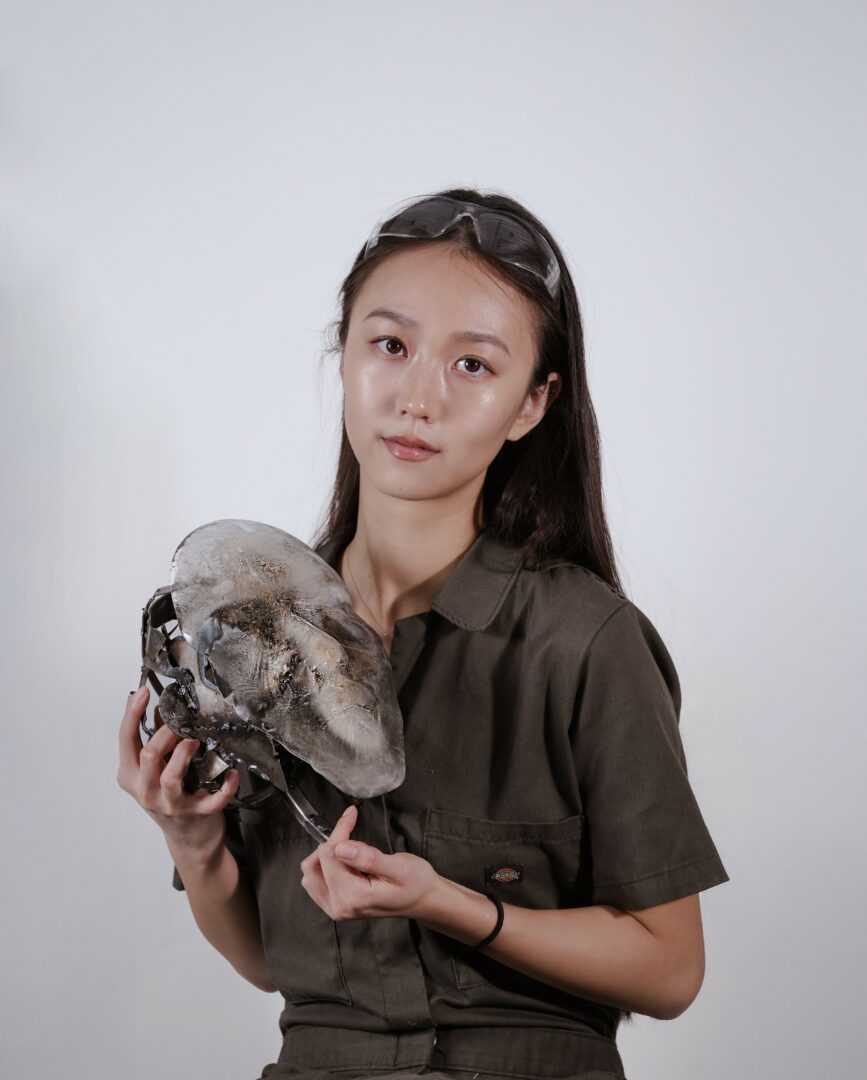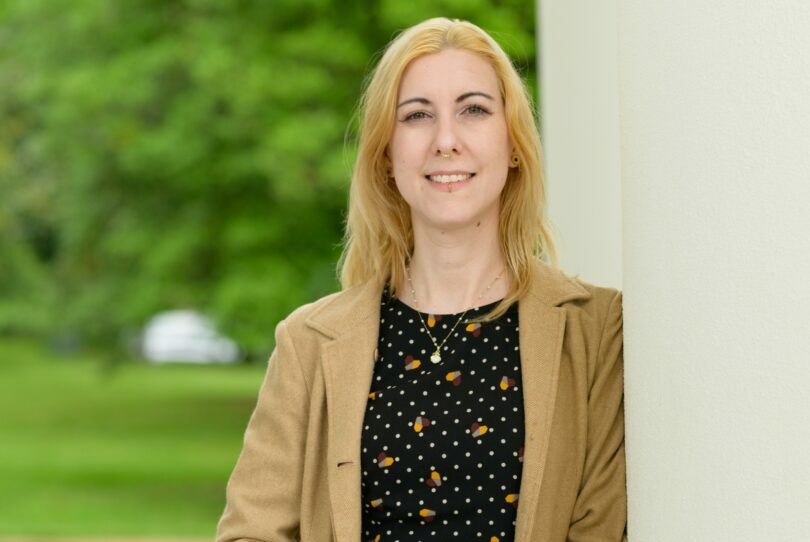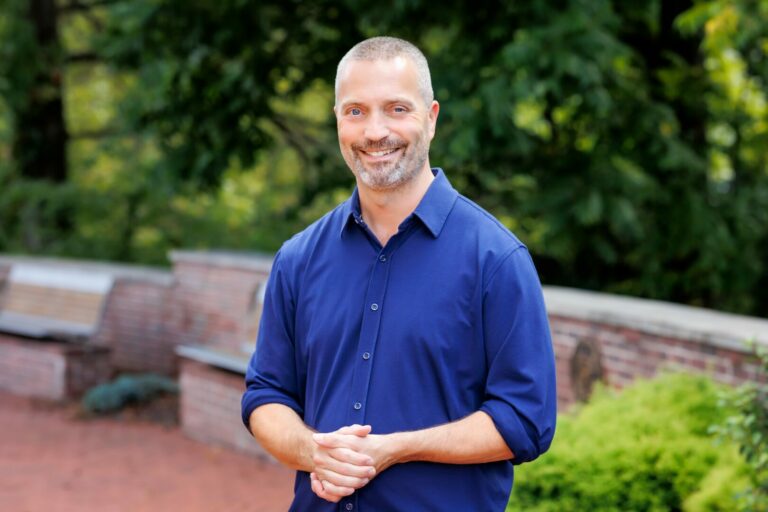We’re excited to introduce you to the always interesting and insightful Yuelin Li. We hope you’ll enjoy our conversation with Yuelin below.
Hi Yuelin, so excited to talk about all sorts of important topics with you today. The first one we want to jump into is about being the only one in the room – for some that’s being the only person of color or the only non-native English speaker or the only non-MBA, etc Can you talk to us about how you have managed to be successful even when you were the only one in the room that looked like you?
I was born in Beijing and received my BFA in Art and Technology from Tsinghua University. Later, I moved to New York to pursue an MFA in Design and Technology at Parsons School of Design. During graduate school, I found my direction in kinetic sculpture and installation, working primarily with metal. I was the only student in my year creating art with this material. To me, metal is more than a medium. It holds emotion and speaks in a language that unfolds slowly.
When I first arrived in the United States, I often felt out of place. I still remember my first day sitting in a classroom on the twelfth floor of Parsons. The air conditioning was too cold, and I felt a subtle separation from the space, from the people, and from the language. The barriers of language, cultural difference, and how I approached making all created a quiet distance between me and the environment around me.
Over time, I came to understand that difference does not mean exclusion. It simply means entering through a different path. I did not try to conform or explain everything. I believed that sincere work could move beyond language and reach people on an emotional level. In exhibitions after graduation, I have seen viewers stand in front of my work for a long time. Some were moved, some in tears, others simply present. These silent responses helped me understand that being the only one in the room does not mean you have to change yourself. It means you are offering another way of perceiving the world through your own presence.
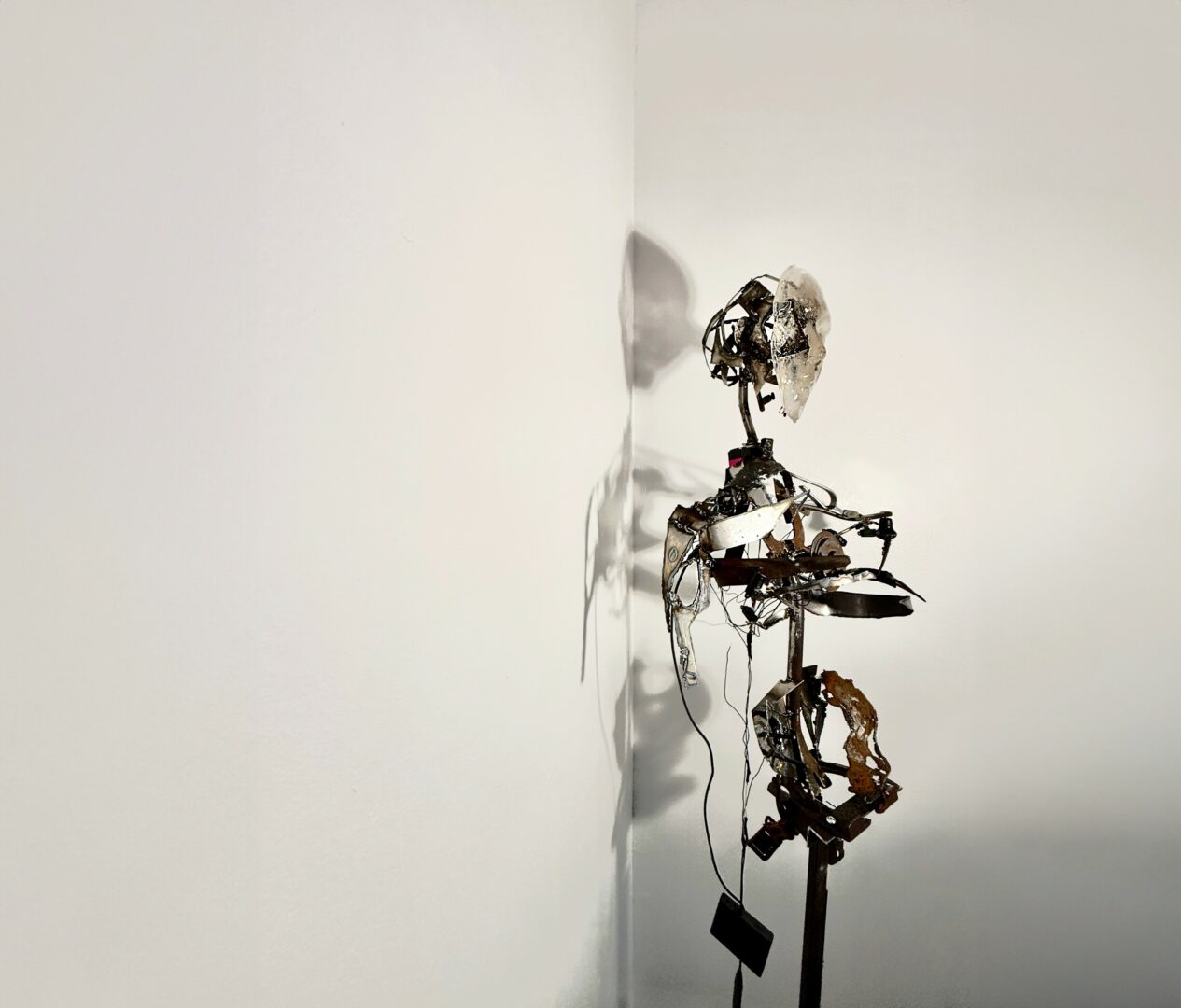
Thanks for sharing that. So, before we get any further into our conversation, can you tell our readers a bit about yourself and what you’re working on?
I create kinetic sculptures and installations that explore the emotional resonance of objects in motion. My practice is grounded in a sensitivity to solitude, impermanence, and the quiet tensions that exist between things—between people and objects, and between objects themselves.
I often work with reclaimed metal, ice, gears, and fragile mechanical systems. These materials hold memory and resistance. I don’t impose form. I spend time with them—touching, adjusting, listening—until a structure begins to emerge.
In my work, motion is not just a function. It is a way of expressing something that wavers, hesitates, or dissolves. A soft rotation, a delayed response, a sudden pause—these gestures reflect the fragility of presence, and how closeness can shift or disappear. My sculptures remain open, suspended in states of becoming.
I recently completed my MFA at Parsons School of Design and am currently based in New York. My work continues to evolve through material intuition, shared stillness, and the unfolding of slow attention.
Website: yuelinli2000.com
Instagram: @yuelinliii

Looking back, what do you think were the three qualities, skills, or areas of knowledge that were most impactful in your journey? What advice do you have for folks who are early in their journey in terms of how they can best develop or improve on these?
Looking back, the three qualities that have meant the most to me are sensitivity to my surroundings and emotions, honesty in making, and the ability to stay with uncertainty.
Sensitivity is both a trait and a starting point for my work. It might sound vague, and many people might say they’re sensitive, but for me, it’s something that happens daily, quietly, and intensely. I often feel deeply moved by things others might overlook. Once, outside the bitforms gallery, I saw a helium balloon circling a red fire pole. On a bus, I watched an elderly woman with a worn backpack gently smell the purple daisies she held in her arms. These quiet moments stay with me. I don’t just remember them—they press against something inside. I try to return that gift by making works that carry emotions language cannot hold.
My piece See My Absence began with a feeling of emptiness and sorrow I couldn’t explain. I didn’t start with a clear plan. I stayed close to that feeling, watched it shift, felt it change as I built, and the work slowly took shape through that process.
Honesty, for me, is a way of staying in dialogue with myself. When I try to make something only to meet expectations, I lose connection. Sometimes I even grow frustrated halfway through. But when the urge to express something feels true, even if it’s hard to realize, I try to stay with it and move forward one step at a time. That process often brings me closer to myself.
Uncertainty is always present. Melting ice, unstable structures, motors that may stop at any moment—these are all part of my work. Over time, I’ve learned that not everything needs to be resolved. These moments of unpredictability bring a certain tension to the piece, something that feels close to life itself: fragile, undefined, and alive.
If I were to offer a thought to someone just starting out, and I say this as someone who is also still on my way, it would be this: begin with what quietly stays with you. Be patient with your doubts. Let the work unfold in its own time, and let it reveal what it wants to become.
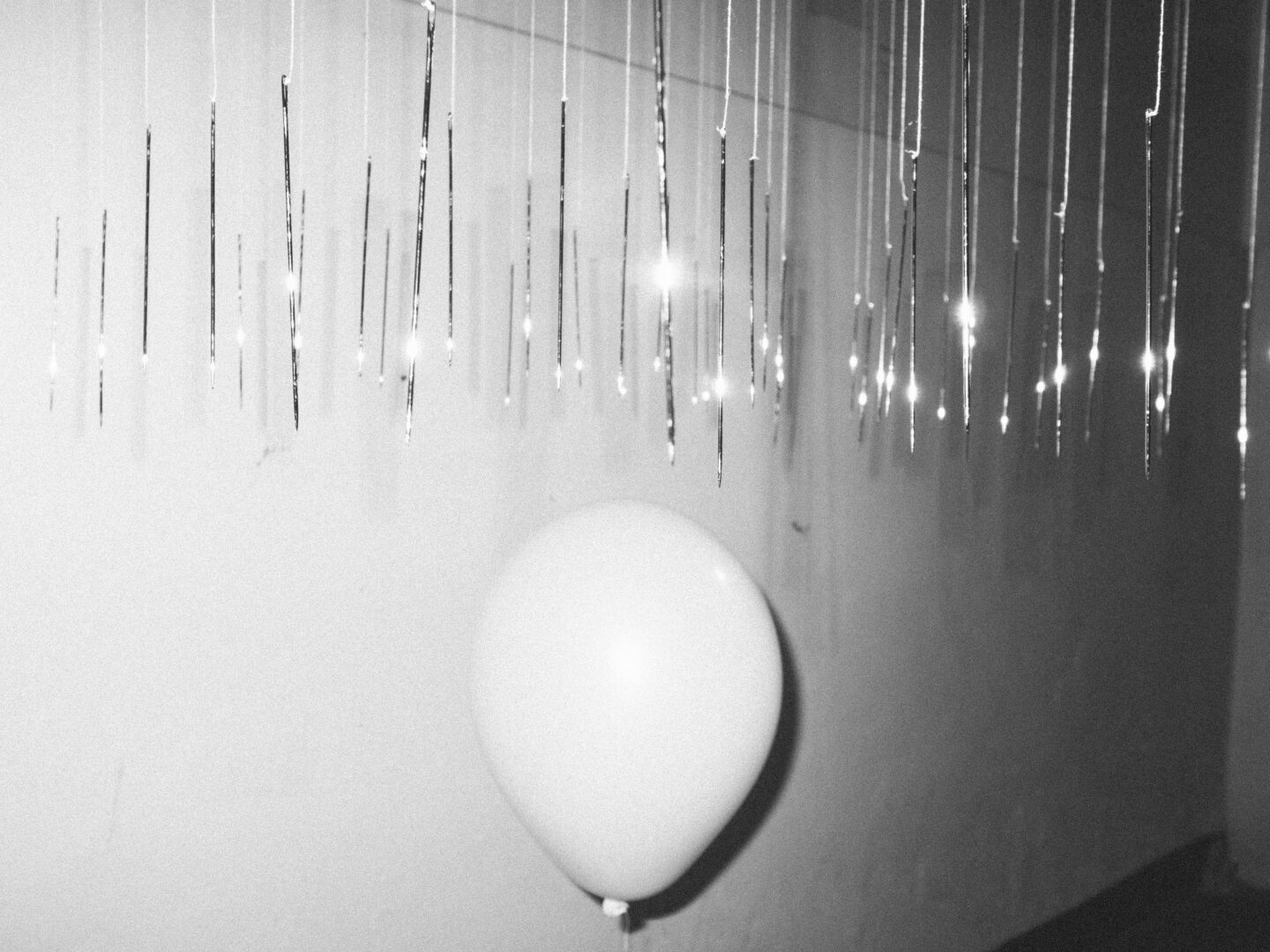
Before we go, any advice you can share with people who are feeling overwhelmed?
When I feel overwhelmed, I begin. This is also how I approach my art. Often the weight comes from hesitation. I think too far ahead, imagine everything that could go wrong, and become stuck before anything has started. In those moments, I return to something small. I place a material in front of me, adjust a wire, or organize my tools. The action doesn’t need to be correct. It just needs to begin. Once I move, I can start listening again, both to myself and to the work.
My advice is to let action lead you back into the present. Clarity often comes through the process, not before it. And if you feel stuck, be gentle. Maybe your body is asking for a slower pace. Maybe the pressure is only asking to be seen, not solved.
Contact Info:
- Website: https://yuelinli2000.com
- Instagram: yuelinliii
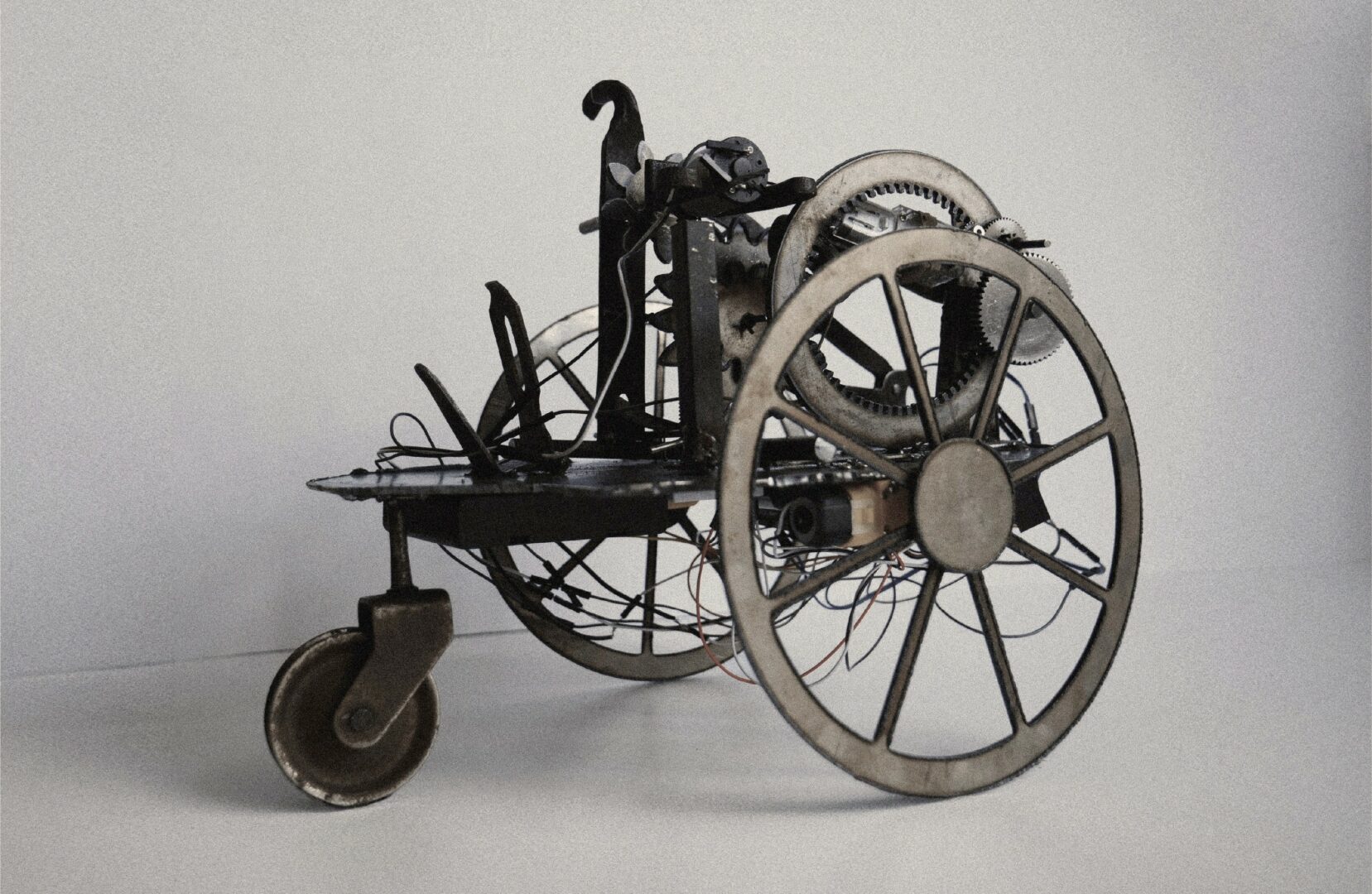
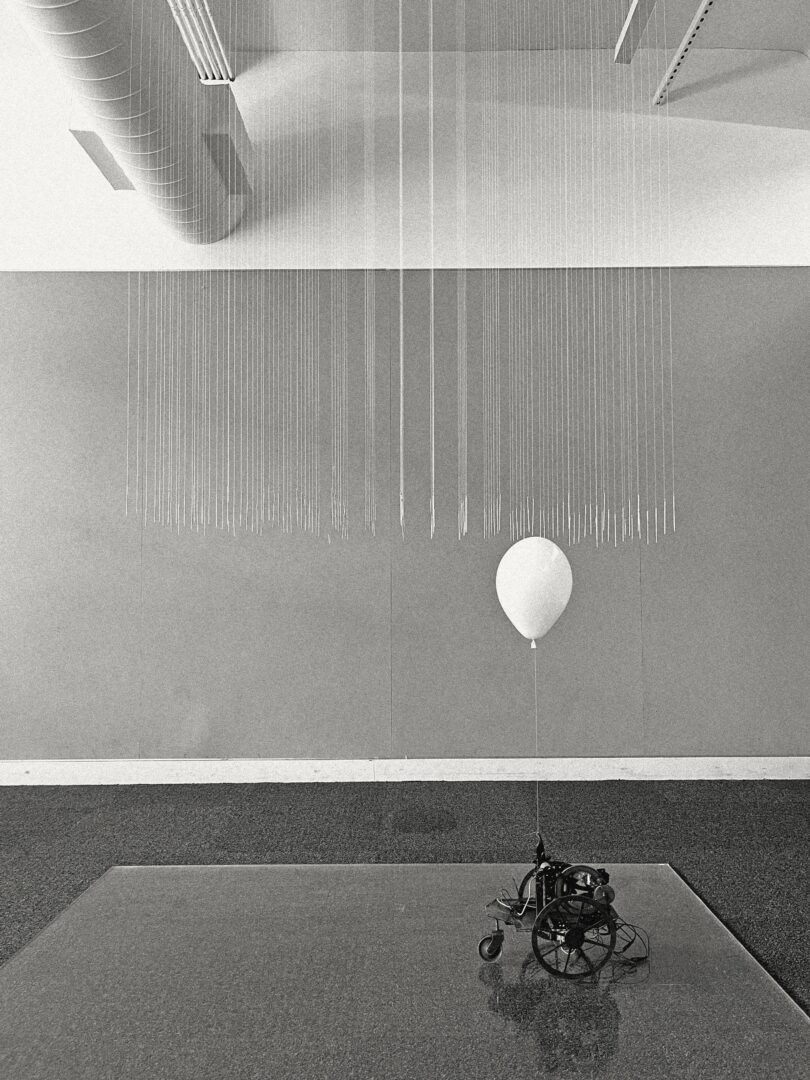
so if you or someone you know deserves recognition please let us know here.

